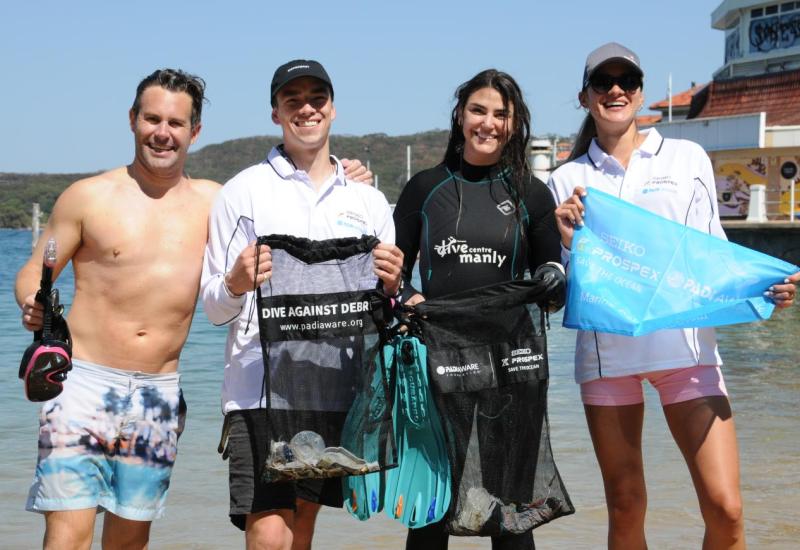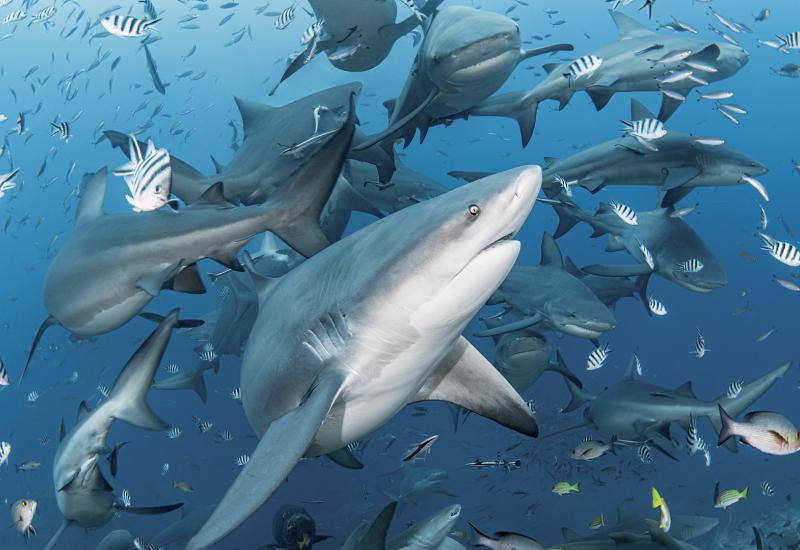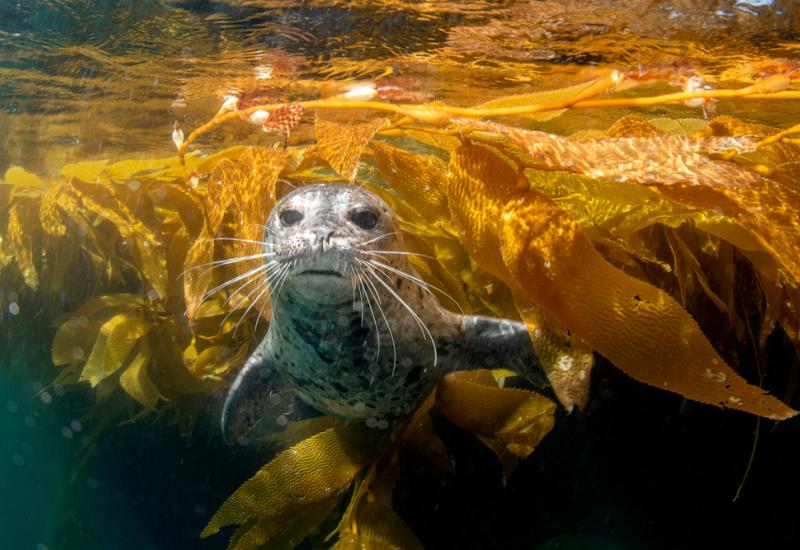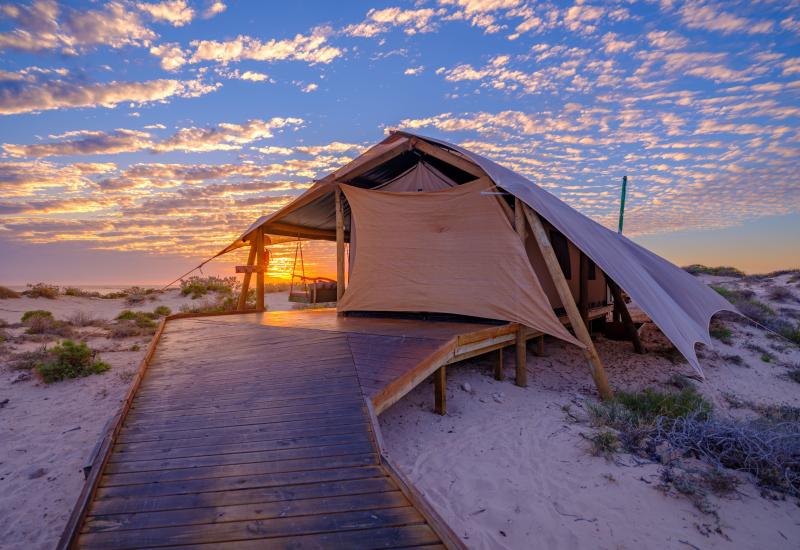Exploring Queensland's New Wreck Dive: The HMAS Tobruk

Tracy OliveThe Tobruk sits on its side which makes for interesting dive routes.
Little by little, I progress down the line, peering through greenish water to see an outline take shape. Here in Queensland, Australia, most dives are spent on sunlit reefs hunting for Nemo, potato cod and giant clams. But not today. We’re in for a proper wreck dive.
The structure appears: Tobruk is a hulk. The viz is gritty, the water is chilly, and I’m loving every second of it. Welcome to Queensland’s newest metal masterpiece, a ship that didn’t sink according to plan but now offers divers a perfect change of pace, on the doorstep of the Great Barrier Reef.
“The best part about diving the Tobruk is the variety and amount of marine life that inhabit her—it’s incredible,” says Brett Lakey, managing director of Bundaberg operator Lady Musgrave ExperIence. “The dive exceeds all expectations, due to the unique layout and ease of the dive over multiple depths.”
The 415-foot vessel served for three decades in the Royal Australian Navy as a landing craft. It was designed with massive bow doors to load large vehicles, creating an epic route for advanced divers. Penetration dives start at the stern, allowing divers to explore the cavernous tank deck for more than 300 feet. For those who prefer not to explore the tank deck, the top of Tobruk extends to within 40 feet of the surface. It’s been less than a year since divers first descended to the deck, and there’s already a resident green sea turtle—Brookie—schools of spadefish, barracuda, trevally and even some tropical species such as parrotfish and lionfish.

Tracy OliveThe Tobruk shown sinking.
Originally intended to sit upright, Tobruk turned over when it was scuttled, landing on its starboard side. This came as an initial disappointment to local divers and operators, but the site was salvaged thanks to cut-out adjustments that allow divers to penetrate safely with its new orientation. Tobruk’s location be- tween Bundaberg and Hervey Bay allows access on day trips from either town.
It’s hard to take a day off from diving the Great Barrier Reef, but sometimes you just need to get your wreck fix.
PADI Travel Tips
Booking a trip to Queensland? Get insider info from the experts at PADI Travel.
1. Travel to Tropical North Queensland in July to freedive with minke whales; wait until August to catch the humpback migration off the Sunshine Coast; or head to Flinders Reef any time of the year to get up close with giant turtles and wobbegongs.
2. Queensland has strict regulations on dive insurance compared to other popular destinations. PADI Travel offers free DAN insurance on trips that cost more than $1,000 per person.
3. Queensland is huge—double the size of Texas! To save cash and minimize carbon emissions, opt for Greyhound coaches over domestic flights. You can hop on and hop off, exploring the coast as you wish.
4. Channel your inner biker and head to Townsville for an unforgettable Scooter Roo experience. There’s no bike license required, but your bike, helmet and vintage leather jacket will be provided. Drive through the hills of Agnes Water, spotting kangaroos and wallabies as the sun is just about to set.
5. Those in search of paradise can’t miss Fraser Island or the Whitsunday Islands, both hotspots for white-sand beaches, crystal-clear blue la- goons, jaw-dropping tropical scenery and bags of adventure.
Divers Guide
CONDITIONS: Viz typically falls between 20 and 60 feet depending on tides, with water temperatures in the high 60s to mid-70s. Current is also affected by the tides, ranging from low to medium strength. Lady Musgrave Experience conducts an exterior dive first, al- lowing divers to get their bearings before performing a penetration dive, which is reserved for experienced divers.
WHAT TO WEAR: A 5 mm to 7 mm wetsuit with a hood; gloves to prevent injury on the descent line; a dive light and backup for penetration dives; and fins suitable for current.










